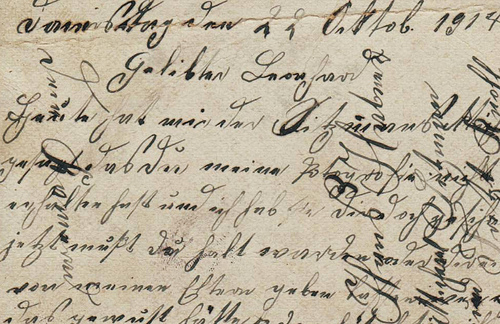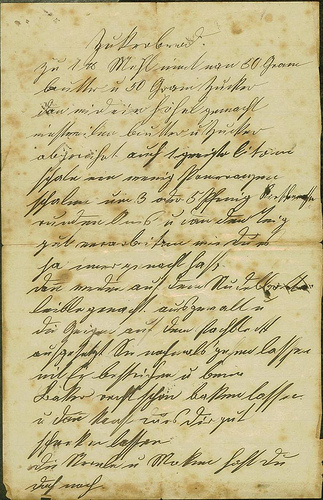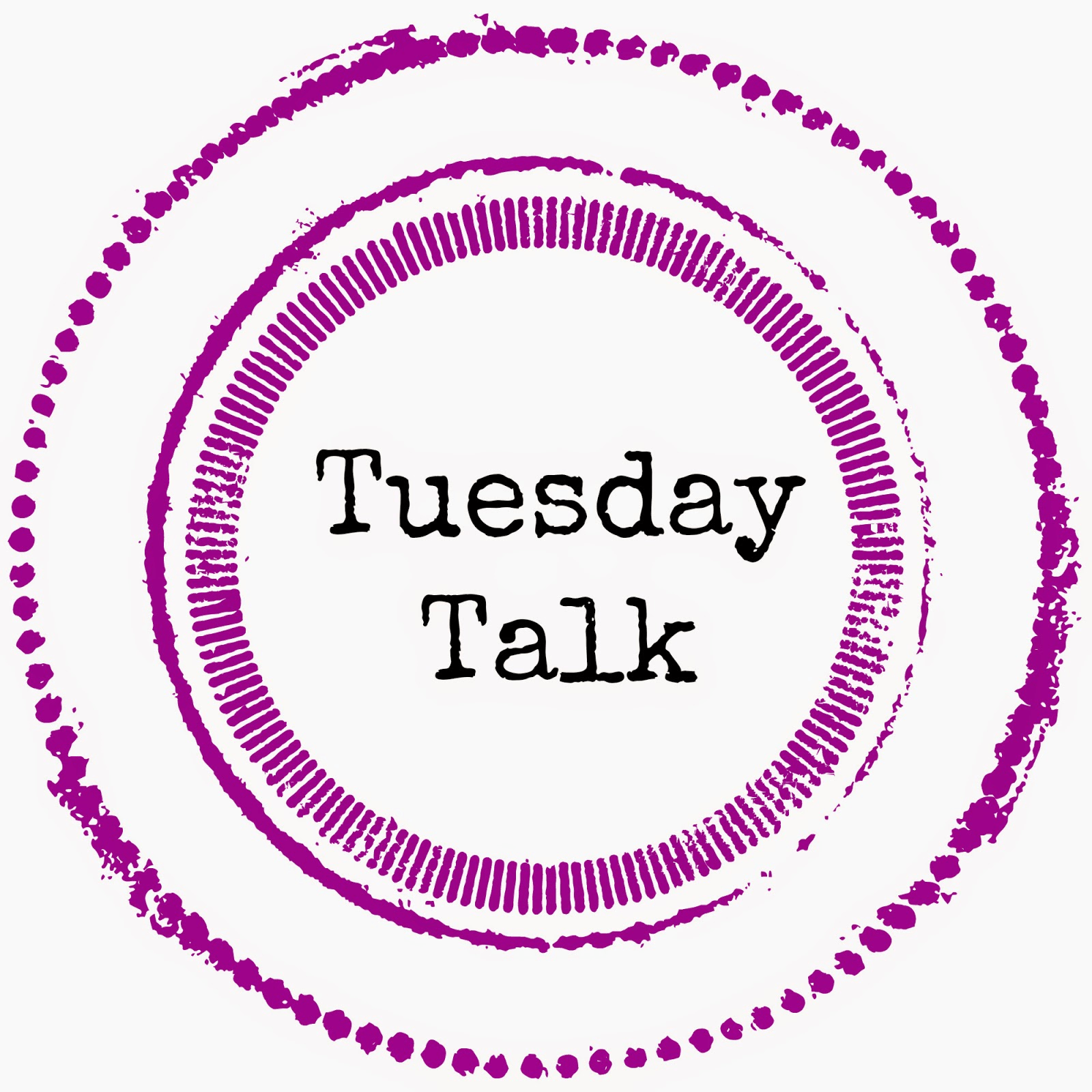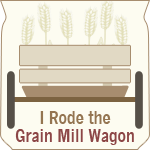 Join me every week as I show you how me and my 4-year-old Certain Little Someone do simple preschool at home.
Join me every week as I show you how me and my 4-year-old Certain Little Someone do simple preschool at home.
No curriculum, no pressure, but lots of learning!
If Phonics and Reading are my favorite subjects, then Handwriting is my least favorite. I have come to the conclusion that handwriting is rarely fun for either teacher or student! Sure, there are ways to reduce the pain, but in the end… it’s just not fun. It’s more work than any other scholarly subject, and there’s no way around that.

Because of that, I keep handwriting lessons short and sweet. Very short, and as sweet as possible.
And I teach cursive first.
“Say what?” I hear you ask. Yep. Cursive first!
The Philosophy
Think about it for a second: what on earth is the point of teaching manuscript, if, 3 years later, you’re going to force the child through an agonizing process to learn how to write all over again, completely frustrating the child to no end and, furthermore, totally undoing all your hard work teaching him or her to write in the first place. I’m a simple girl, and that just doesn’t make sense to me.
When my kids were babies, I loved the book “The Baby Whisperer”, and in that book, the author repeats a phrase quite often that goes like this: “Start as you mean to go on.” This is such wise advice with lots of applications, and it fits perfectly with the whole handwriting situation. If you want your child to know how to write cursive, well then, start with cursive.
“But”, I hear you ask, “BUT! Isn’t there a good reason for teaching manuscript in the first place?”
The short answer: No.
The long answer: Until the 1930’s, children in the United States were always taught cursive from the get-go. Manuscript was not even considered because people didn’t write in manuscript; they wrote in cursive. Why try to teach a child to write in a way that nobody else wrote? In the thirties, the “whole-word” or “whole-language” method of reading instruction (otherwise known as sight reading) swept through the nation and among its casualties was the cursive method of handwriting. The thinking went something like this: children will confuse cursive letters with the printed letters in their reading books, and will delay their reading instruction.
It seems like a valid point, doesn’t it? Not really. Children had no problems differentiating between printed and cursive letters for hundreds of years prior to 1930, and they still don’t have any problems. There are no studies - that I am aware of - that were used to prove that learning printed letters for reading and cursive letters for writing ever hindered a child’s ability to read or write. It was just a guess based on faulty logic, and unfortunately, generations of children have been forced to struggle through the process of learning not only one, but TWO, systems of writing.

Furthermore, it’s actually easier for children to write in cursive than it is for them to write in the “ball-and-stick” format. This was proven to me over the course of many years as I banged my head in frustration attempting to teach children to begin forming their letters from the top, and, for goodness’ sakes, to PICK UP YOUR PENCIL before you form the next line!!! Oh yes, I remember that frustration quite well!
See, for children, their natural tendency is to begin a stroke from the bottom, which is where the majority of cursive letters begin. Their other natural tendency is to keep the pencil on the paper to create one continuous stroke until the letter is done, which, again, is how cursive letters are formed. The “ball and stick” or manuscript method requires children to begin strokes at the top and to lift up the pencil between each stroke in order to form neat letters, which feels completely unnatural to the child. Also, consider what kind of strokes a toddler makes when they first pick up a pencil or pen: scribbly lines and loops that closely resemble cursive writing. It just comes more naturally to the hand.
My frustrating years of teaching handwriting with the ball and stick method only intensified my determination to teach my own child cursive first. Mind you, it’s still not easy, as I have already established. It’s a fine motor skill that takes years to develop, so in the beginning, it’s essential to go very slowly and make sure your expectations are reachable.
The Process
We don’t yet use a curriculum for handwriting, mostly because the ones that teach cursive are few and far between, but we do use a few tools, and we are working systematically through the process, beginning from the easiest point possible.
Our handwriting training began when he was a toddler, and I gave him plenty of opportunities to use crayons and pencils without instruction on my part. Just getting used to holding a pen or crayon is part of the process, and sometimes you have to make sure it happens.
When we started doing official “preschool” work at the age of 3, we stuck to lines and never even once tried letters. I found tons of printable worksheets online that contained tracing lines (straight ones, squiggly ones, angular ones, all kinds of lines!) for pre-schoolers to practice their writing skills. At this point, I still didn’t worry too much about the proper position for holding the pencil, because frankly, holding the pencil properly was too difficult for him. If he did hold it properly, he couldn’t write very well anyway, so I never enforced a proper hand position at that age.
We also did letter-forming exercises without a pencil. There are a lot of ways you can do this:
- Felt letters - trace them with the fingers
- Sand or Salt box - fill a box with salt or sand and trace letters in the sand/salt with the fingers
- Ketchup bag - fill a zippered plastic bag with ketchup and seal it well, making sure air is removed, then trace letters on the outside of the bag, pushing through the ketchup so the letter will show clear
- Sandpaper letters - same idea as the felt letters, but with sandpaper.
In K4, our handwriting instruction has become more intentional, but it’s still moving very slowly. Here’s the process we’re following:
- Begin with elements of cursive: loops, swirls, circles, etc.
- Begin on a whiteboard, chalkboard, or paper without lines. Just practice making loops, swirls, and circles.
- Use large lined paper, with at least an inch of space for children to write the letters. At this point, begin giving them a frame of reference regarding size and proportion. Letters begin on the bottom line and either stretch up to the dotted line or all the way to the top line.
- Almost all handwriting at this point is done by tracing, with the opportunity for the child to practice their own samples once or twice after completing the tracing.
- Keep practicing the elements, and introduce some of them as letters: a tall skinny loop is “l”, a circle is “o”.
- Keep tracing! Introduce all the letters.
- Keep tracing, but increase the opportunities for the child to draw their own samples.
- Reduce the line size as the child gains confidence.
- Practice, practice, practice some more.
Since I’m not using a curriculum, I just write the letters myself and have my Certain Little Someone trace over them with his pencil. Sometimes I will start the letter (or part of a letter, like a loop) and have him finish it by himself. At every lesson, I give him an opportunity to write his own letters, but he gets frustrated easily by his inability, so I don’t push it. He will learn to write soon enough!
Resources
When it comes right down to it, all you need to teach handwriting is a pencil and a piece of paper. But these other supplies (and even curriculums) will come in handy:
- Line Tracing Worksheets
- Dry-Erase Ruled Sentence Strips
- Dry-Erase Ruled Writing Board
- Paper Ruled Sentence Strips
- Handwriting Tablet
- Ticonderoga Beginner Pencils
- A Beka Writing with Phonics Cursive - A Beka is one of the few major curriculums that offer a cursive-first program.
- Cursive First - I actually just discovered this one, and it looks both affordable and effective.
Other posts in this series:
Other posts in this series:
Phonics-Phonics, Part 2-Reading-Reading, Part 2-Handwriting-Math-Days of the Week-Bible-“Other”










My daughter is learning cursive as well but has no issues writing print or reading print (She’s 4, and attends a montessori school)
My 8 year old started learning cursive last year in second grade, and has not enjoyed the process. If he had started much earlier, I don’t think it would be such an issue.
I heard somewhere recently that cursive may be dropped from the curriculum because other countries can’t read cursive and people don’t really “need” it. Um, how are we going to sign our names? It’s a lot easier to make your signature hard to copy if it’s in cursive.
I personally love cursive. I took calligraphy in high school and love my fancy handwriting.
Sounds like a great program for your little one. Strict curriculums are completely unnecessary at that age, so it’s great that this is so flexible.
Love the flexibilty! I really like all of the hand writing tips, I will definitely be using some of those with my boys
Very interesting. I had never thought about starting with cursive. Mine have already been working on print for a while now; I wonder if I could teach cursive simultaneously?
Ashley, I would probably just finish out the first year of print, and then start the next year with cursive.
Thanks for responding. We are still doing a lot of preschool stuff, so I could certainly try starting “official” kindergarten off with cursive. Mine must be the odd children as they want to lift their pencil up after every mark they make; rather then finishing the letter. But we will work on it! i do not want them to have first grade handwriting their whole lives like I have seen from so many high school kids recently!
My sons are 14 and 16 and do not write cursive except to sign their names. They never learned because all schoolwork is done on the computer or print. The only drawback is note taking but they use a personal shorthand for that. Don’t sweat the small stuff, they adapt & cursive is much easier to learn at 10 or 12 than at 4.
Jan, actually, that’s my whole point! Cursive is easier to learn when they have not first learned an alternative method, no matter the age. For centuries, people learned cursive first, and switching to manuscript has not benefited anyone.
Just had a “DUH” kind of moment! Thank you!
This sounds great! We did not do cursive fist, but I wouldn’t be opposed to it. My 2yo little girl sits and draws circles after circles filling up a blank page, so I can see what you’re saying about it being a natural movement! I didn’t use a curriculum with my son (he’s 4 now), we just learned one letter at a time, and currently we are slowly starting cursive. Thanks for sharing your thoughts on the subject with us at Trivium Tuesdays!
I am delighted that more and more homeschool parents are recognizing the advantages of teaching cursive first to their children. I learned cursive in first grade back in 1953. Writing has always brought me great joy, undoubtedly because I had in three years cursive practice before most students are introduced to it these days.